Torpedo Cichlids in the Aquarium
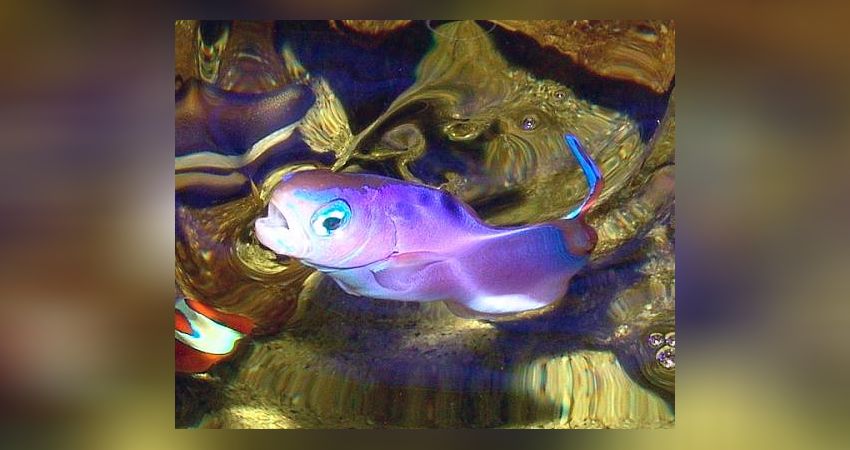
Interesting facts about the genera Hoplolatilus and Malacanthus - a report by Joachim Großkopf
Torpedo perches in the aquarium
By Joachim Großkopf
Torpedo perches (family Malacanthidae) are still among the rather unknown fish in marine aquaristics. To the best of my knowledge, the torpedo cichlids include 4 genera: Branchiostegus (15 species), Hoplolatilus (11 species), Lopholatilus (3 species) and Malacanthus (3 species).
Branchiostegus and Lopholatus include almost only species that grow very large (up to 70 cm) and are mostly predatory. Hardly anything is known about them, most likely you will find them in Burgess`s - Atlas and at fishbase.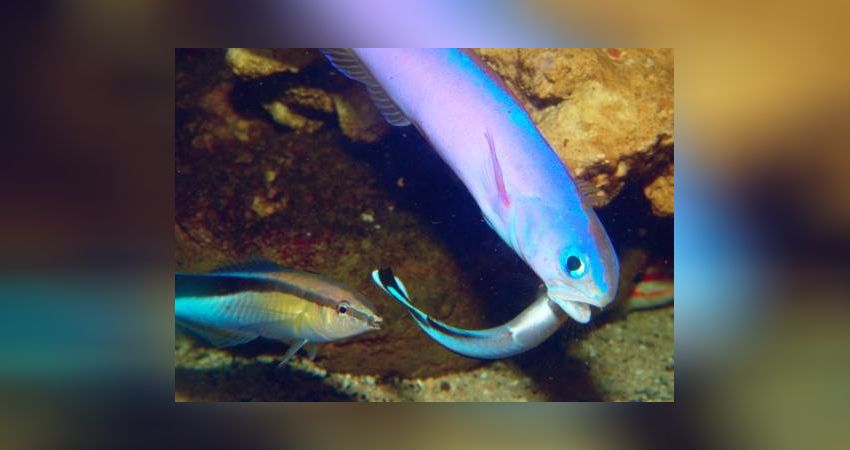
I find Hoplolatilus marcosi and Hoplolatilus purpureus, as well as Malacanthus latovittatus very beautiful. Sympathies are divided over the appearance of the fish, either you like them immediately or you find them less attractive. The behaviour of the torpedo cichlids is also unusual, they always swim as if they are not interested in anything else in the aquarium and as if they cannot see anything either. And yet, or precisely because of this, they are among the most unusual coral fish of all.
Are torpedo perches actually coral fish and are they suitable for reef tanks?
Actually, torpedo perches inhabit much more the sand zones or even the open water, mostly areas with little coral growth. Some species build veritable sand castles. Most species only occur below 20 m water depths, down to 200 metres or even 400 metres. In the aquarium they have no problems with corals or other sessile invertebrates, but they do not like extremely strong light and they need a large free swimming space. In a SPS aquarium, best still illuminated with 1000 watt spotlights, they are certainly out of place, especially as they need enough food, although usually not as much as Pseudanthias flagfish.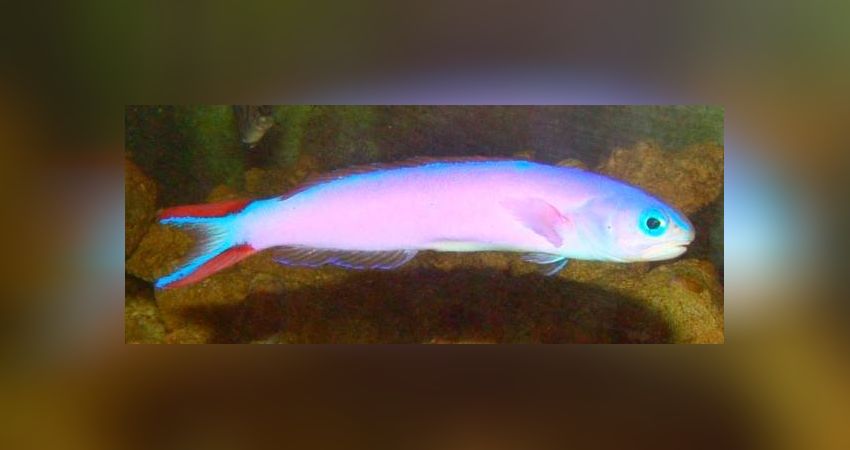
Suitable tankmates
Suitable tankmates are all non-aggressive coral fish, which may also be larger or much smaller. Especially aggressive damselfishes are unsuitable. Invertebrates are not bothered unless they could be eaten, like the smallest crustaceans. I have kept Hoplolatilus together with all kinds of fish, such as flying faucets, angelfish, butterflyfish, surgeonfish, gobies and many more.
Problems with care
A real problem with these fish is that they jump out of the aquarium. However, they have this in common with very many coral fish. That is why they are only suitable for aquariums that are safe here. It is best if the tank is provided with a border of at least 10 cm, or better a little more, glued tightly to the aquarium. If they jump out here, they bounce against the rim and fall back again. This is more problematic with cover plates, if there are even the smallest cracks, they find them and die lying on the cover plates!
Diseases
Another problem is sometimes the condition of the fish. From Indonesia I have actually only seen good fish in the last few years, but from the Philippines they sometimes arrive miserable. Every now and then fish with swimming disorders come into the trade, similar to the case with the deep-living Genicanthus angelfish.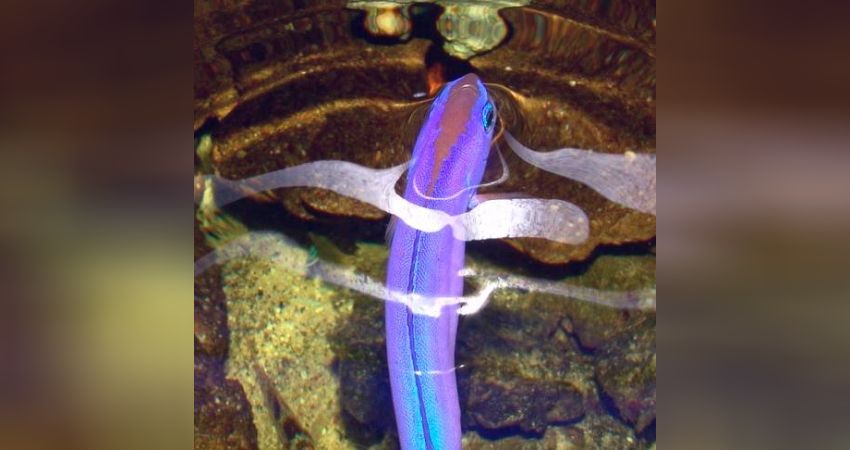
Except for bacterial diseases (Vibrio), torpedo cichlids are not very susceptible to disease.
Suitable food
For Hoplolatilus marcosi, H. purpureus, H. luteus, H. fourmanouiri and the Malacanthus species, all common food is suitable, such as Artemia, Mysis, feed shrimps, chopped squid, chopped cockle meat, Enchytraen and white mosquito larvae. Sometimes the fish also eat Spectrum or JBL granules, then feeding is no longer a problem at all. However, just as with Chelmon rostratus, if you feed only Artemia and Mysis or dubious ready-made food mixtures, you will not get much out of the fish!
H. starcki, H. cuniculus and H. chlupatyi prefer to eat small food. Especially starcki is hardly durable. At www.fishbase.com the stomach contents of examined specimens are listed in the species description, without exception the smallest food!
All Hoplolatilus that are doing well become practically hand-tame after a few weeks and beg for food, even leaving the water with their head!
Species that are imported
Please read up on the exact distribution, fin formula etc. at fishbase!
Hoplolatilus purpureus
The most beautiful species of the genus. Relatively easy to keep, peaceful with each other, best kept in pairs, not alone. Forages mainly in open water, less from the bottom..

Hoplolatilus marcosi
As with H. purpureus, very good to keep together with this one, again do not keep individually.
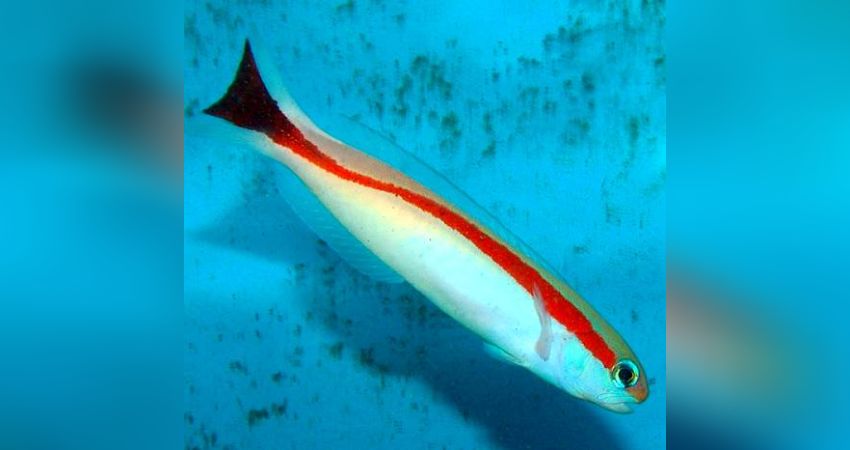
Hoplolatilus starcki
Extremely difficult because this torpedo perch can only digest the smallest food. Does not eat from the bottom at all, juveniles up to about 7-8 cm often monochrome blue in colour. Also needs more water movement than the other species.
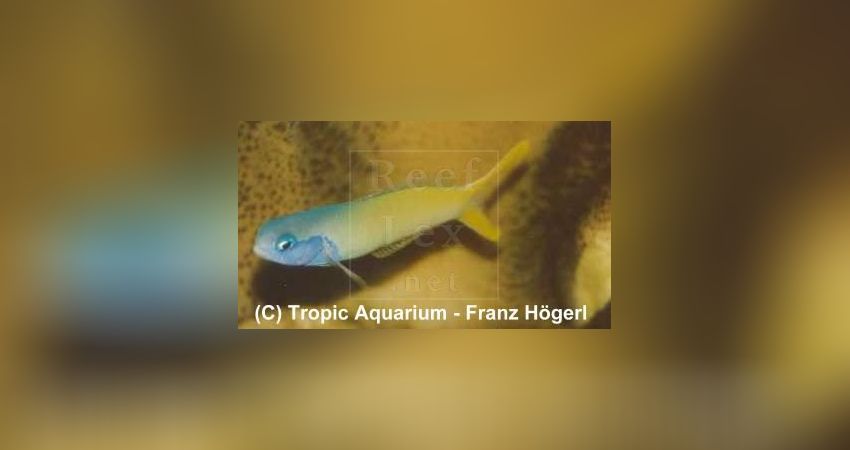
Hoplolatilus fourmanouiri
Relatively well kept, prefers to forage on the bottom, relatively rarely imported, somewhat more difficult than H. purpureus.
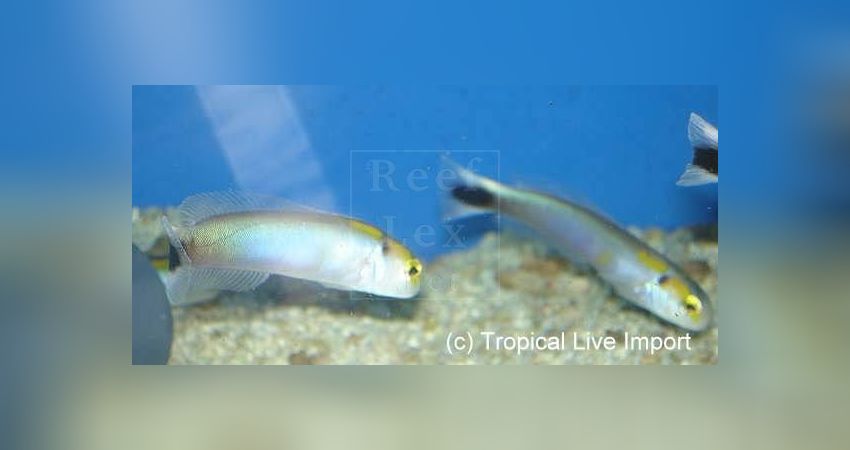
Hoplolatilus luteus
Looks like a yellow H. fourmanouiri. Recently more often on the market from Indonesia, but as H. chlupatyi, which however looks different! Also looks for its food more near the ground. Very good to keep.
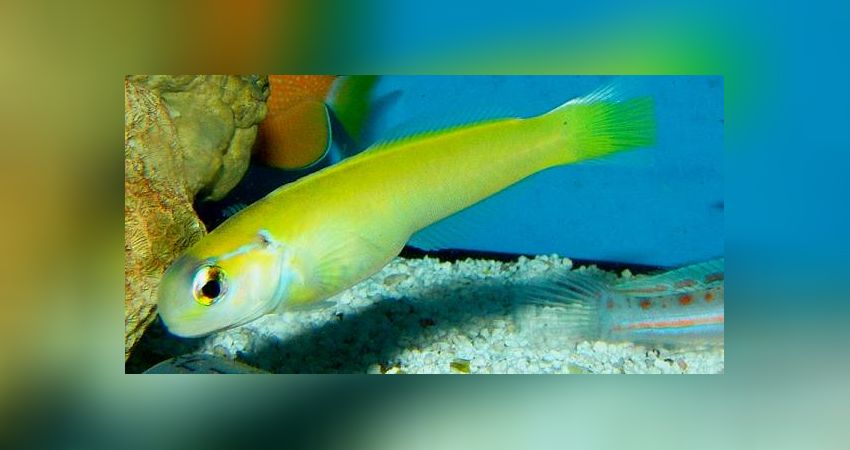
Hoplolatilus fronticinctus
Perhaps one of the most beautiful species, but extremely rare and expensive. Often only offered from the Maldives, where it is very deep-living and incredibly expensive. The fish glistens in different shades of blue in the light. The specimens from the Maldives are a stronger blue colour than those from Indonesia. H. fronticinctus from Bali has only recently become available. The fish resemble H. starcki, but are easier to keep. Can grow to well over 15 cm. The photos in most books do not come close to showing the beauty, especially as they are mostly preserved specimens.
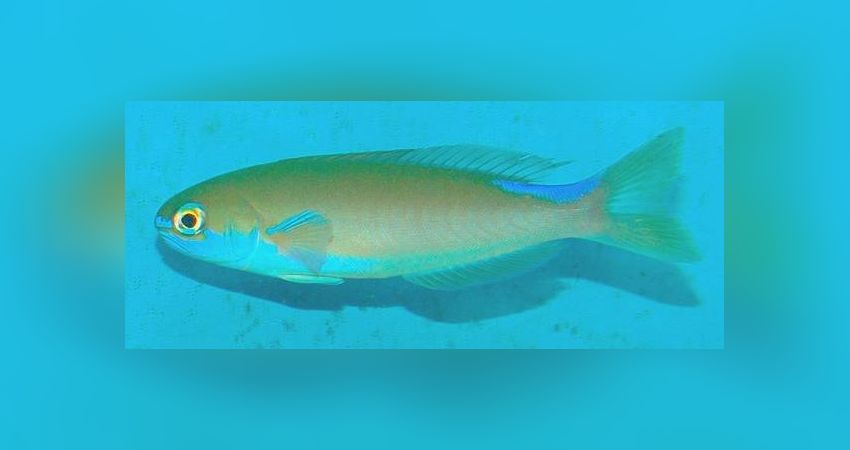
Hoplolatilus chlupatyi
Very rare. The only torpedo perch to change colour in a split second, from a shiny metallic blue to blue-green or yellowish.
Extremely rare, last time I saw this fish alive was about 1985. Recently H.luteus has been mistakenly offered as H. chlupatyi! Named after one of the "old masters" of marine aquaristics in Germany: Peter Chlupatyi from Munich.
Malacanthus latovittatus
Mimics cleaner wrasses as a juvenile. Looks for food on the bottom. One of the most beautiful adult fish, but grows very large. Very rarely almost adult fish are imported, but they hardly ever accept substitute food! Very easy to care for when young, but jumps out of the tank very quickly!
Malacanthus brevirostris
Rarely imported and unfortunately also large, but otherwise a lovely aquarium fish that makes up for its lack of colour with a trusting behaviour.
Joachim Großkopf , 2007
How do you like this article?
Info
Author

Bookmark
Comments
Topics
Similar articles
- 107 Eviota gobies in a publication
- Blue anemonefish - a dream come true?
- DeJong Marinelife successfully breeds the rare Synchiropus circularis
- Equetus lanceolatus - Ritterfische im Aquarium
- 27 - Angelfish in a community aquarium?
- Aspekte zur Pflege von Fischen im Riffaquarium
- Fish Catching in the Aquarium | Nyos Floating Fish Trap (Ingenious)
- Ein seltener Fisch: Sacura margaritacea
- 33 - Butterflyfish in a community aquarium?
- Pathogene Bakterien im Meerwasseraquarium Teil 1
Comments To the top
Please register
In order to be able to write something yourself, you must register in advance.







